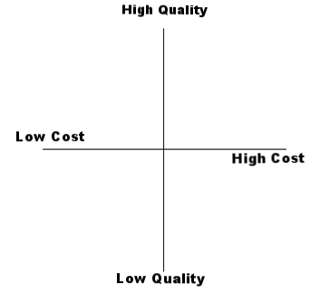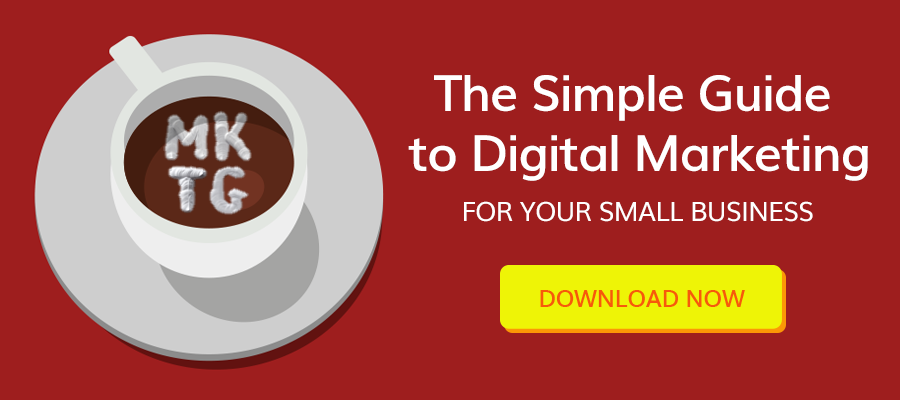Olympia Benefits has been offering the same creative health and dental solutions for Canada’s small business community since 1997. During that time, we’ve grown as a small business and learnt a lot from our marketing experiences. We hope to share this knowledge with you, so you can avoid any wasted resources.
Oftentimes, small businesses allocate the last of their budget to marketing activities. While this may save them in the short run, it isn’t doing any favors for their long term growth. Marketing can be a complex subject. Many people associate marketing with only advertising or promotion. This is far from correct. Marketing is the culmination of your entire business, from the way each product is packaged to how your employees feel about working at the company. With the right tools, your small business can excel in marketing!
This article is the continuation of a 2-part series. (Read Part 1). These concepts may seem difficult to learn at first, but are applicable to many situations. As a small business owner, it’s good to have these in mind.
Competitve Advantage
Simply put, competitive advantage is the distinguishable factor which puts you above competitors. Every company has direct competitors, usually a local business which offers similar products. Marketers often use something called a positioning map to evaluate their competition. It takes two of the most important factors in your industry (ex. Cost, quality, speed, brand image) and puts it across two perpendicular lines. Companies are plotted along the chart based on consumer’s perception of those two values.

A competitive advantage is a perceived superior quality over competitors. Examples include brand image, price, trust, customer service, and ease of use. For example, Netflix’s competitive advantage could be their exclusive licensing of certain popular movies or their unique original content. This depends on a customer’s viewpoint. Successful marketers leverage their competitive advantage to showcase to potential customers.
Search Engine Optimization (SEO)
SEO is an increasingly important concept in the digital marketing world. It is the practice of efficient website design, which attracts organic (or unpaid) traffic. This involves several methods. Some of the most common are ensuring you’re competing for keywords relevant to your company/product, placing keywords into your alt-text and header text, acquiring inbound links to your website pages, and implementing strong website design which allows search engines (like Google) to easily access your site.
Implementing these standards will help to improve your ranking on Google, which will direct more traffic to your website, without paying a single cent. As a result, search engine optimization is a long term strategy and should be an ongoing mission for your company. Remember, a keyword is one or a set of words that you type into Google. By utilizing SEO practices, you are aiming to be the first organic search result after typing a certain keyword into Google search bar.
Applying your newly learned concepts
Step 1: Work with your team to identify your company’s strengths and weaknesses. Evaluate your industry
Step 2: Create a positioning map
Note: This is based on your industry’s defining variables.
Step 3: Determine whether you can improve on your digital presence (this should be a long thought process)
Step 4: If yes – evaluate your website and its contents
Step 5: Apply efficient SEO practice. Research additional SEO strategies
When utilized correctly, marketing can create amazing results. Equip yourself with the marketing tools to beat the competition. Download Olympia's FREE Marketing eBook today:

If you missed Part 1 of Small Business Marketing, click here to read about target markets and the customer journey.